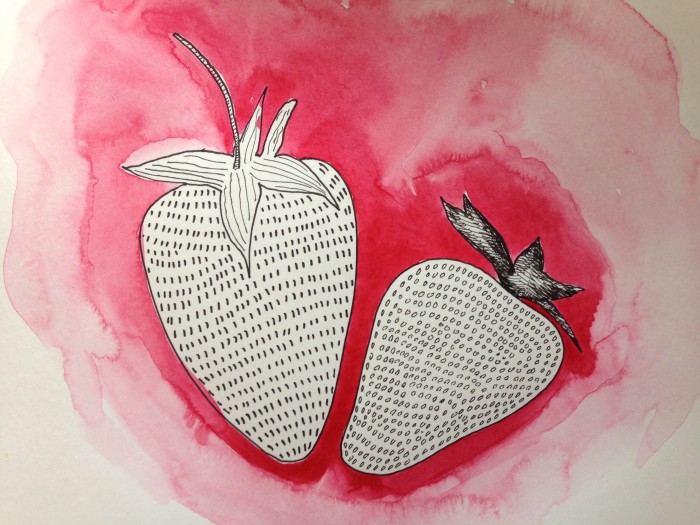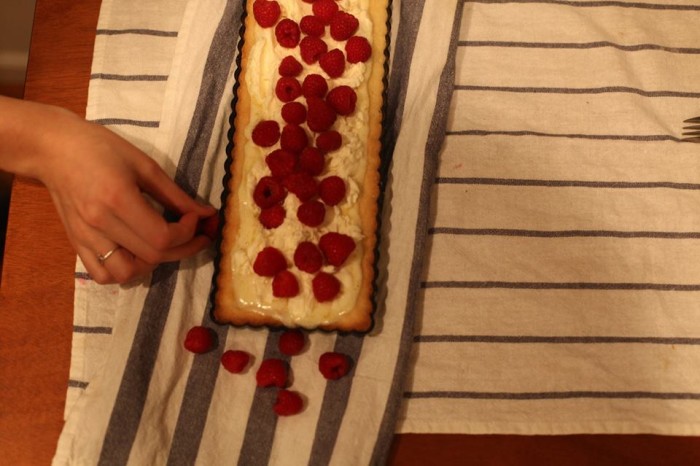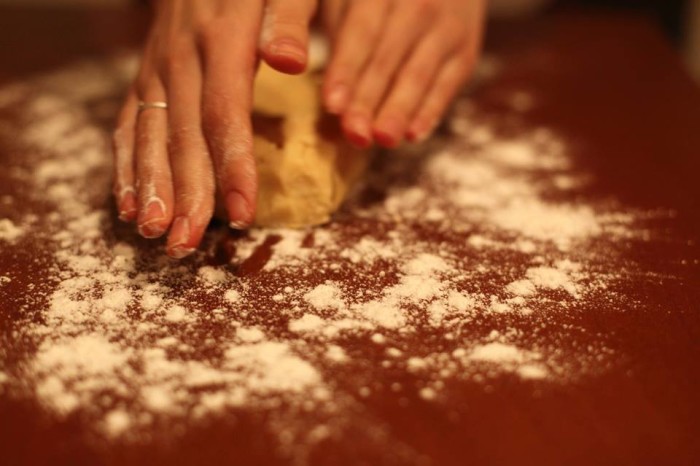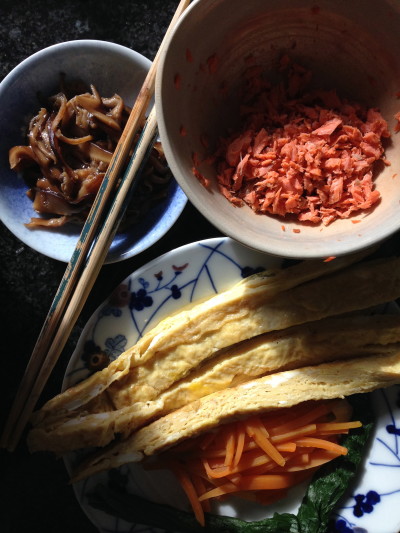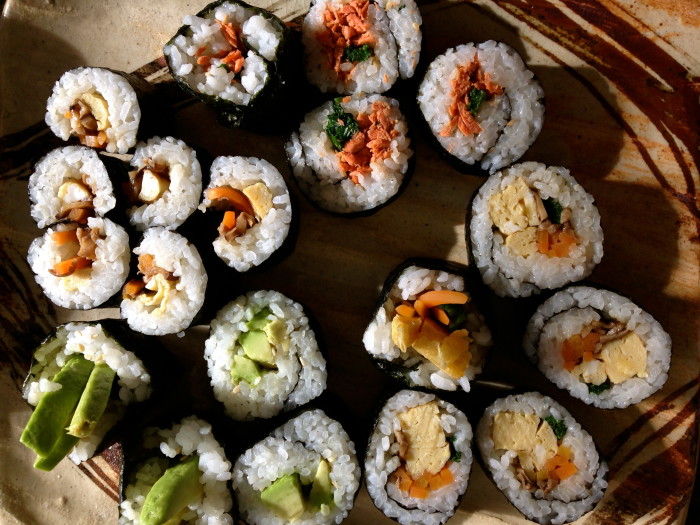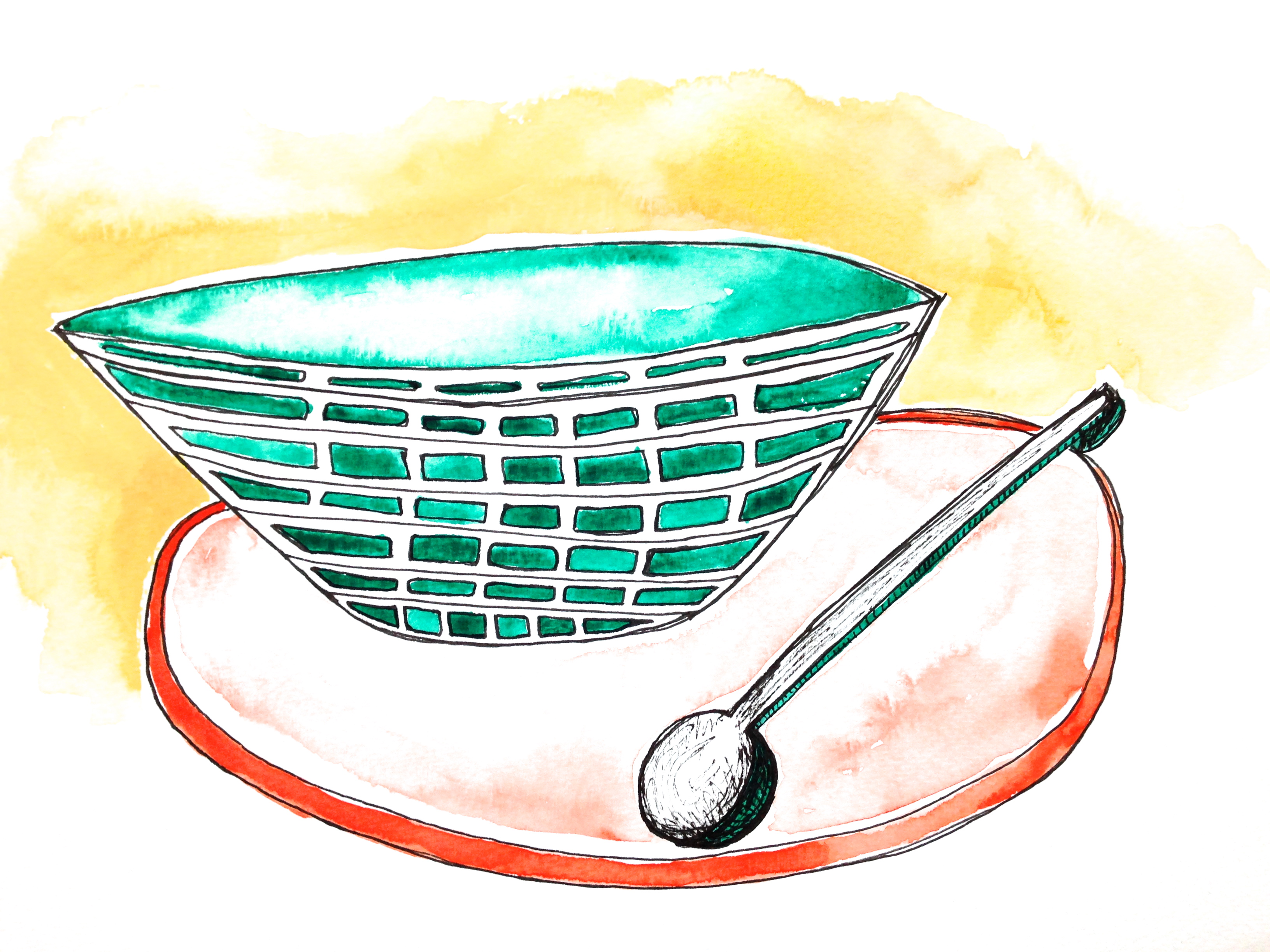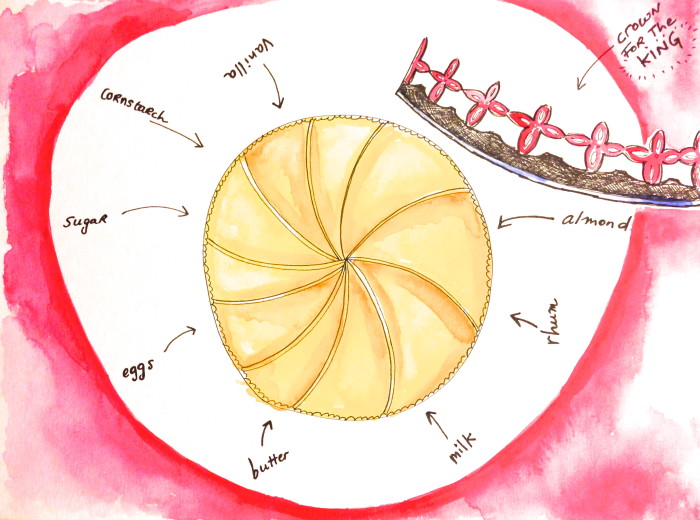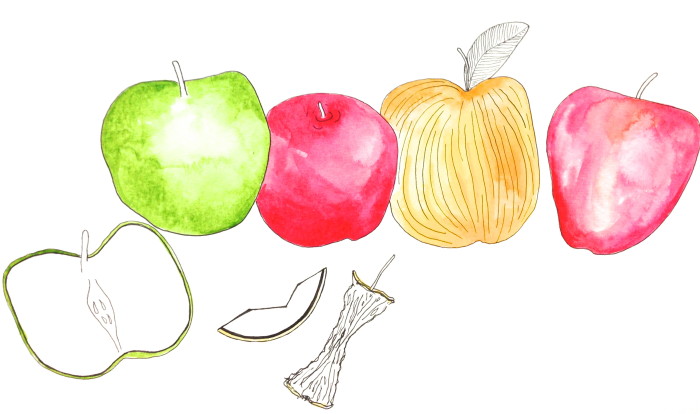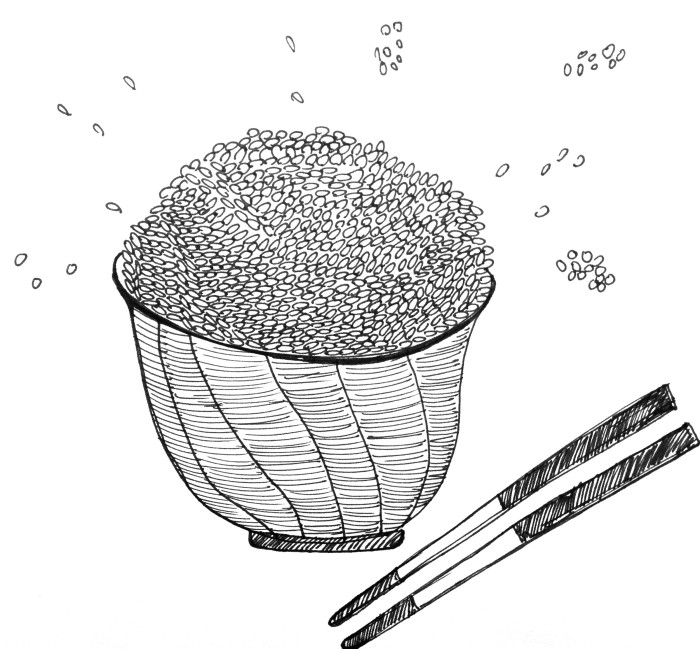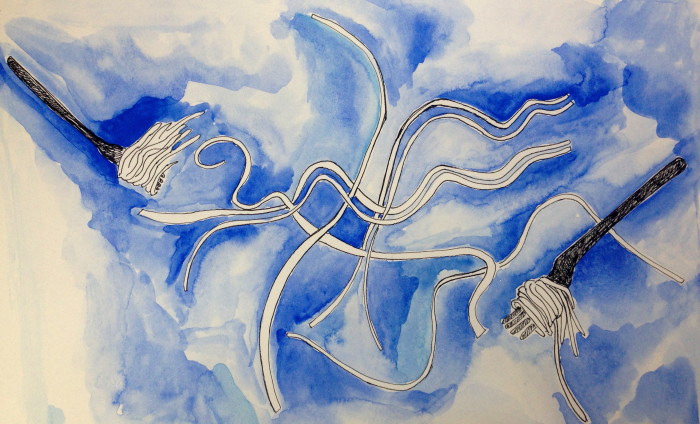the real allgäu käsespätzle
guest post by Emmanuelle Tang
When I’m at a restaurant, I always carefully scan the menu, my eyes quickly searching for “brie”, “rocquefort”, “cheddar” and the like. If there’s cheese in one of the dishes, chances are it is the one I’m going to order. I can’t say no to cheese. I guess it’s even my primary source of fat protein.
When I first arrived to Bayreuth, Northern Bavaria, Martin took me to a brewery for dinner. As I studied the menu, I knew what word I was looking for: Käse. And then I saw it. The ultimate dish. There was no need to go further. I put down my menu and started sipping my wheat beer.
“Do you need me to translate anything? Do you know what you’re going to order?” he asked.
“Of course. Käsespätzle.”
It was delicious. A rich flavor of cheese and caramelized onions.


